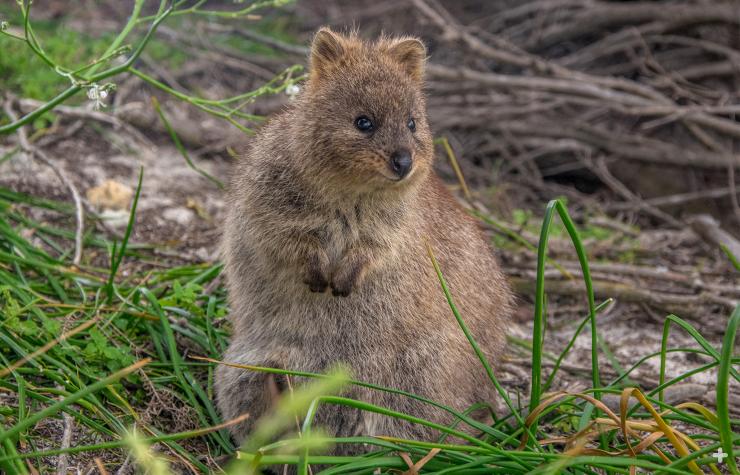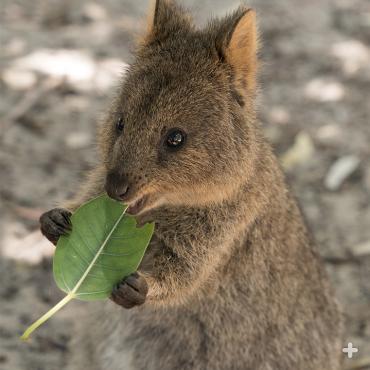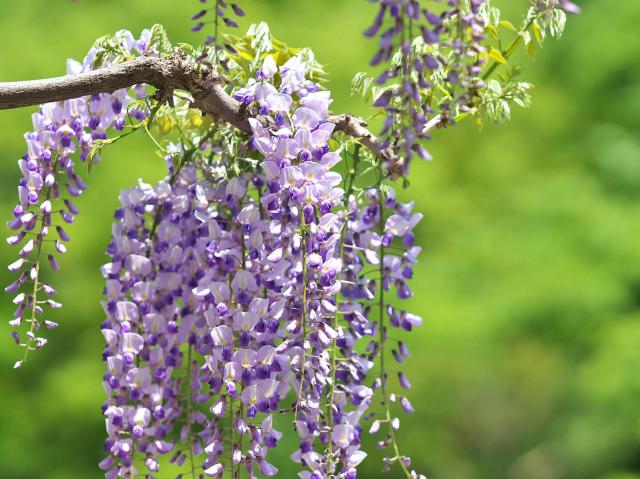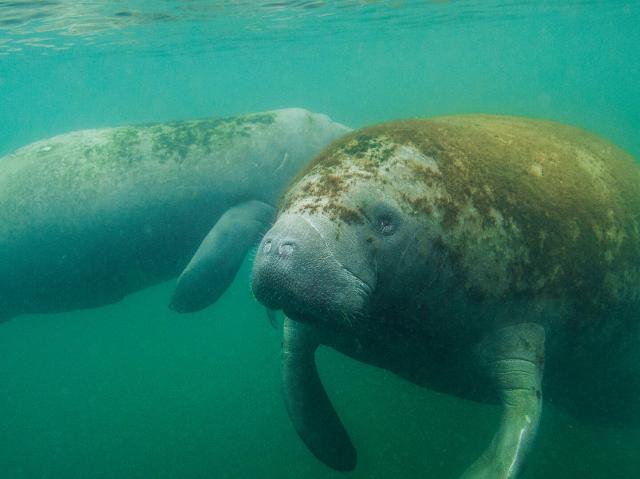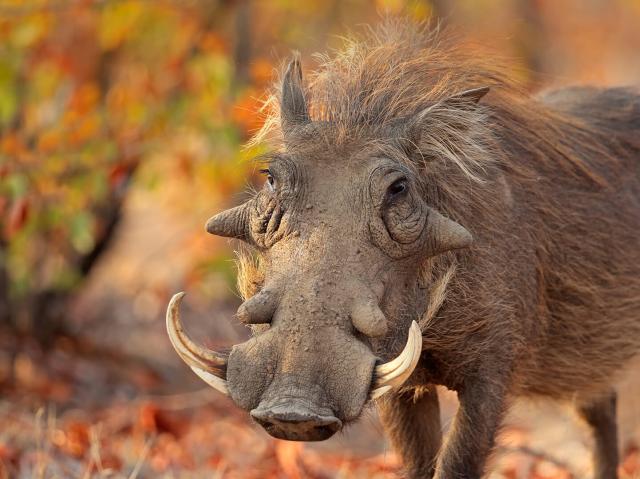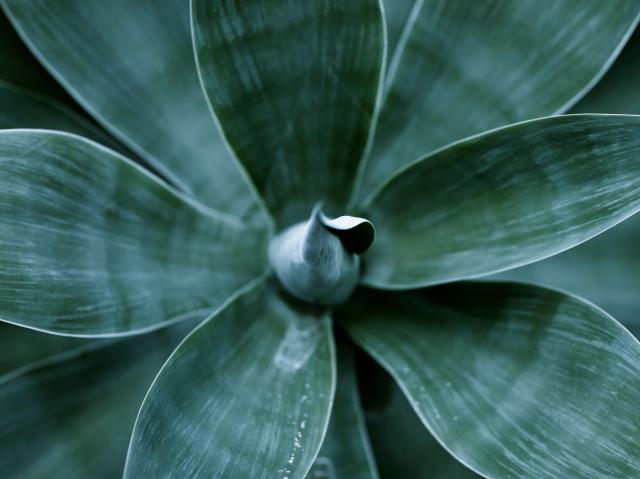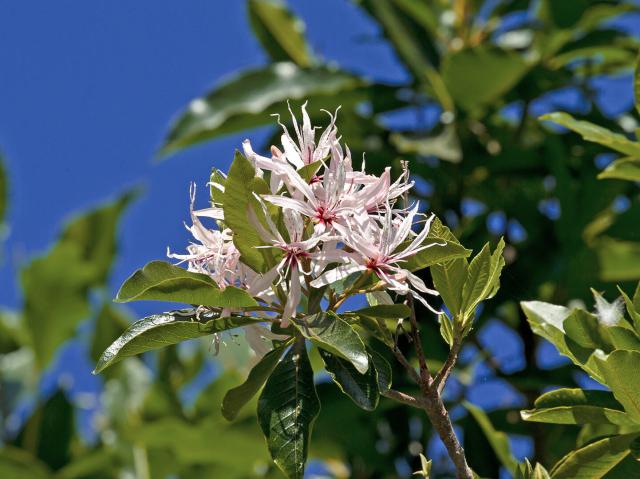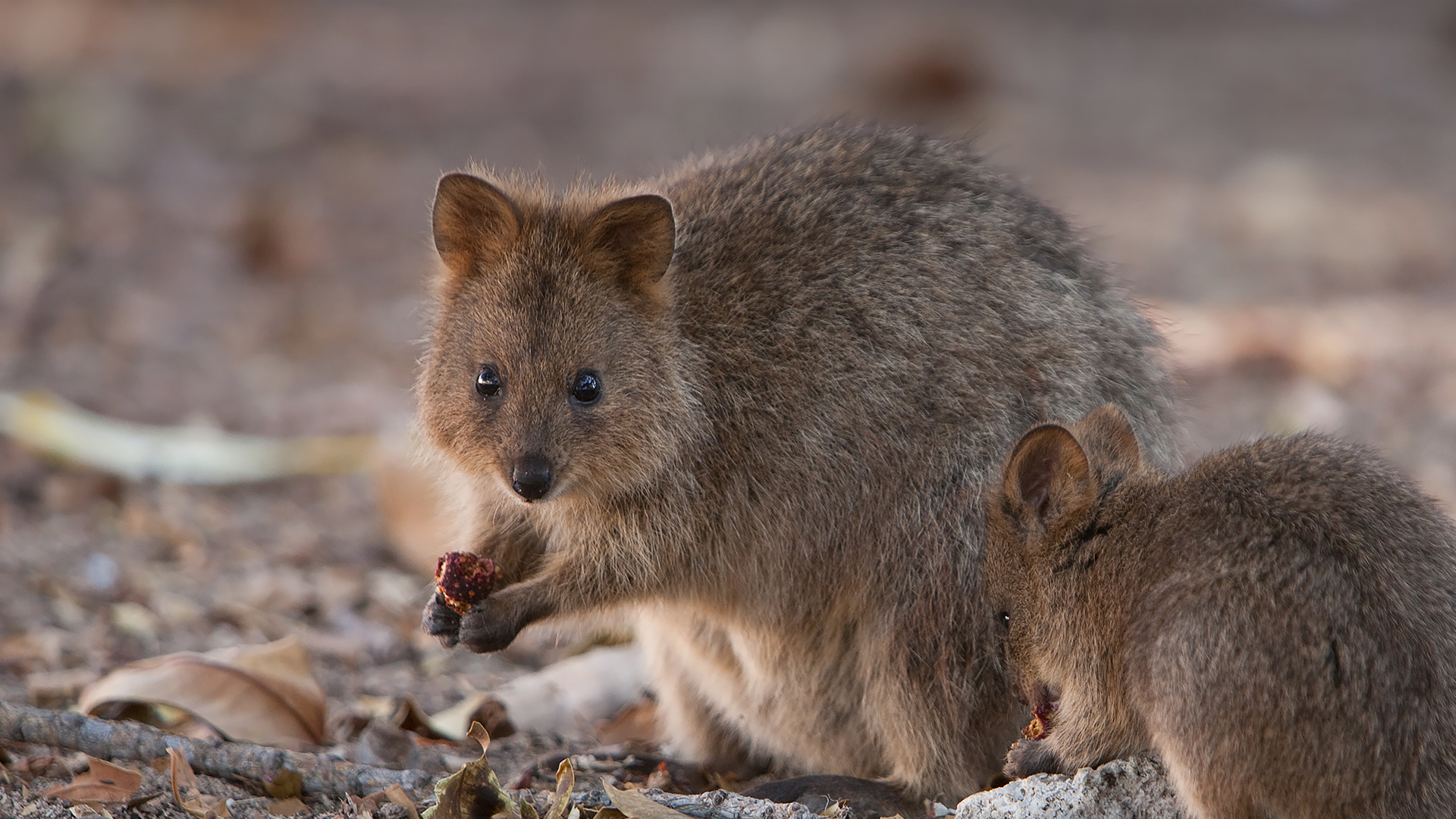
Quokka

- Class: Mammalia
- Order: Diprotodontia
- Family: Macropodidae
- Genus: Setonix
- Species: brachyurus

ABOUT
I just wallaby me. Aside from being named one of the best Scrabble words you’ll ever play, the quokka has a lot going for it, even as the smallest type of wallaby in Australia. About the size of a house cat, this fuzzy, pouch-packing, nocturnal herbivore is terrestrial, but can climb about 5 feet (1.5 meters) up a tree for a tasty snack. The quokka has a bounding gait interspersed with hopping; it does not use its tail as a tripod like kangaroos sometimes do.
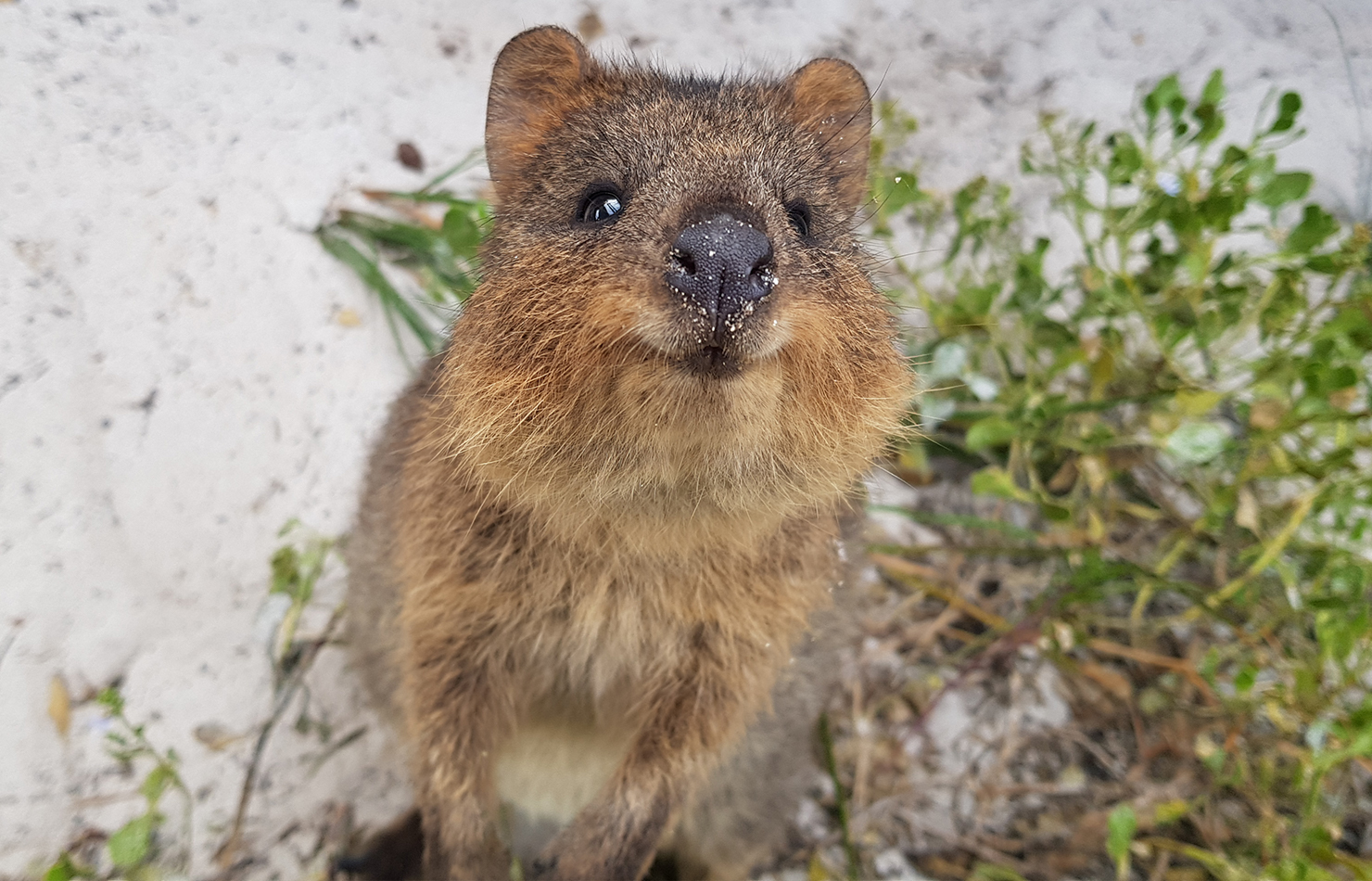
The quokka’s friendly, curious personality (even toward humans) is surpassed only by its perpetual “smile.” Of course, the quokka’s grin is largely due to its facial muscles and protruding front teeth, not the person on the ground waving around a selfie stick, trying to get a #quokkaselfie, which is trending in Australia (and worth an Internet search). While getting that close to wildlife is usually frowned upon—Instagram even created a warning for the quokka selfie hashtag stating that some images “may be associated with animal abuse”—it appears that the quokka on Rottnest Island are not showing any signs of distress posing for their closeup and are free to move away from the tourists when they choose.
Yesterday and today. The quokka was common in coastal parts of the mainland of southwestern Australia until the 1930s, when the red fox Vulpes vulpes was introduced. This voracious hunter made short order of the quokka in many areas. Luckily, the foxes did not make it to Rottnest Island, so quokkas are more plentiful there. But across their range, human activities have negatively impacted their habitat—clearing for agriculture and housing, as well as recreational activity, fire regimes, and introduced animals all fragment suitable habitat for this (and other) native species.
Mainland quokkas occur in three main areas: the northern jarrah Eucalyptus marginata forest (north of Perth to Collie); fragmented reserves around Albany on the south coast; and the southern forest between Nannup and Denmark. They are more numerous on Rottnest Island, near Perth, and Bald Island, near Albany, largely due to lack of (or manageable) introduced predators.
Interesting history of Rottnest Island: Mistaking this pint-sized marsupial for an oversized rat, in 1696, Dutch explorer Willem de Vlamingh named the island “Rattennest,” meaning “Rat’s Nest” in his mother tongue. It was later modified to Rottnest Island, where the quokka continues to thrive. These days, the island getaway is affectionately known as Rotto by locals.
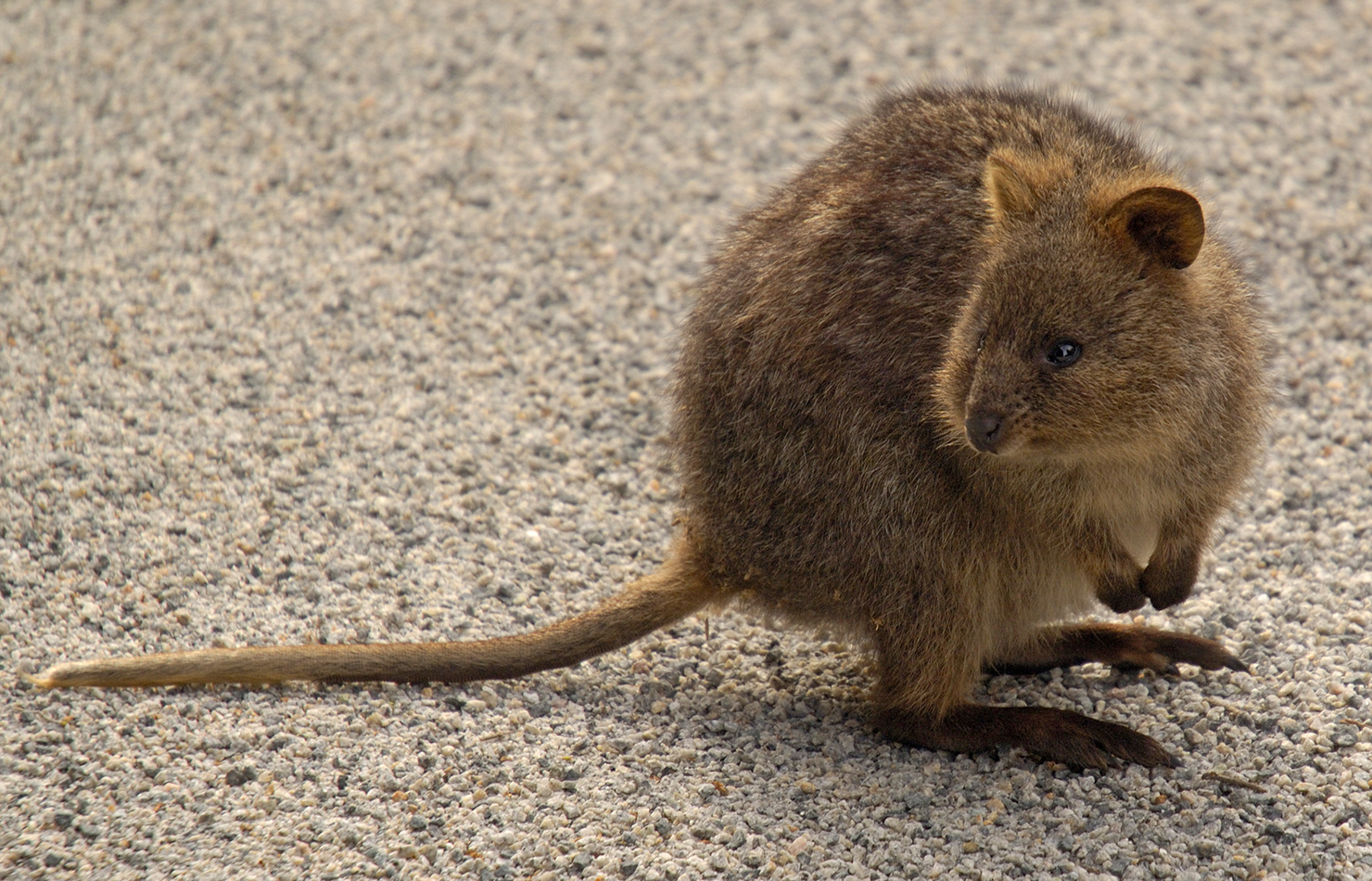
Hop to it. Quokkas have coarse, brown fur that becomes lighter on the belly. Its rounded back, erect ears, small front hands and long rear feet, thinly-furred tail, and wet, black nose are not only great adaptations, but also give it high marks on the Absolutely Adorable test. Lacking a formidable bite, kick, or stench, the quokka instead quickly bolts down trodden paths through thick grasses to avoid predators. In a mad dash, it hops on its hind legs.
HABITAT AND DIET
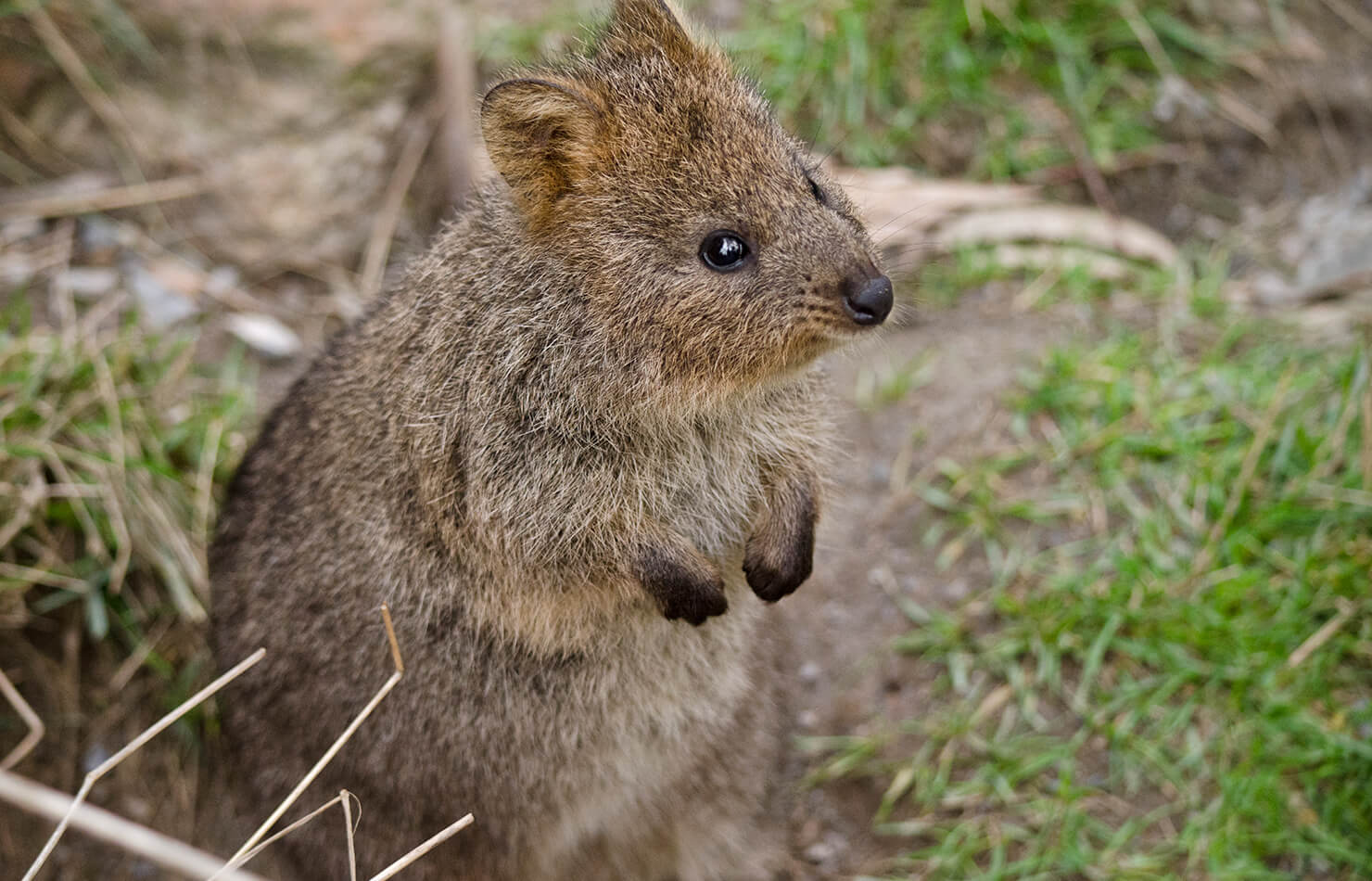
Under cover. In short, quokkas inhabit shrubland, wetlands (inland), and forest. On islands, quokkas use a variety of habitats with sufficient cover, while mainland quokkas use dense vegetation in swamps amidst dry sclerophyll forest. The lynchpin of quokka habitat is cool, shady shelter to hole up in by day. They return to the same shelter each day, but may change it up in May or June. At night they emerge to feed on plant matter. Its frequently used paths serve as runways to escape predators.
Where is home? Most quokkas take shelter in a thicket or some other shady, cool protected area during the day. They return to the same shelter at the end of each nighttime foraging expedition. On hot summer days, adult males may fight intensely for possession of the best, shady shelter sites. Availability of such shelters, rather than food, may be a limiting factor in quokka populations.
A recent two-year spatial ecology study in the southern forests of Western Australia found that quokkas in the region had much larger home ranges and moved longer distances—up to 6.2 miles (10 km) per night!—than quokka in other areas. Twenty-nine quokkas (10 adult males, 16 adult females, and 3 subadult males) were fitted with VHF radio transmitter collars, providing hourly locations four times per month. Home ranges among female quokkas overlapped significantly, while males’ didn’t overlap with each other, but did overlap with multiple females. However, two males that emigrated away from the group during breeding season had core areas that significantly overlapped with other males, so their movement could have been in response to lack of mates or competitive behavior from other males. Or they just needed a change of scenery.
It is perhaps no surprise that the largest quokka population is on Rottnest Island, a popular, car-free oasis 11 miles off the mainland coast, with miles of sandy beaches and forests, and no predators. Here, quokka appear to shed their nocturnal lifestyle and readily mix and mingle with visitors.
Rain or shine. The home range of quokkas also changes with the seasons. According to Walker’s Marsupials of the World, the wet season on Rottnest Island sees a home range used by quokkas covering 2.5 to 30.8 acres (10,000 to 125,000 square meters). During the dry season (November to April), the quokkas' feeding range increases to 5 to 42 acres (20,000 to 170,000 square meters). Some animals even move up in elevation to 5,900 feet (1,800 meters) to take advantage of soaks or fresh water seepages during the summer months, as there is little standing water available on Rottnest.
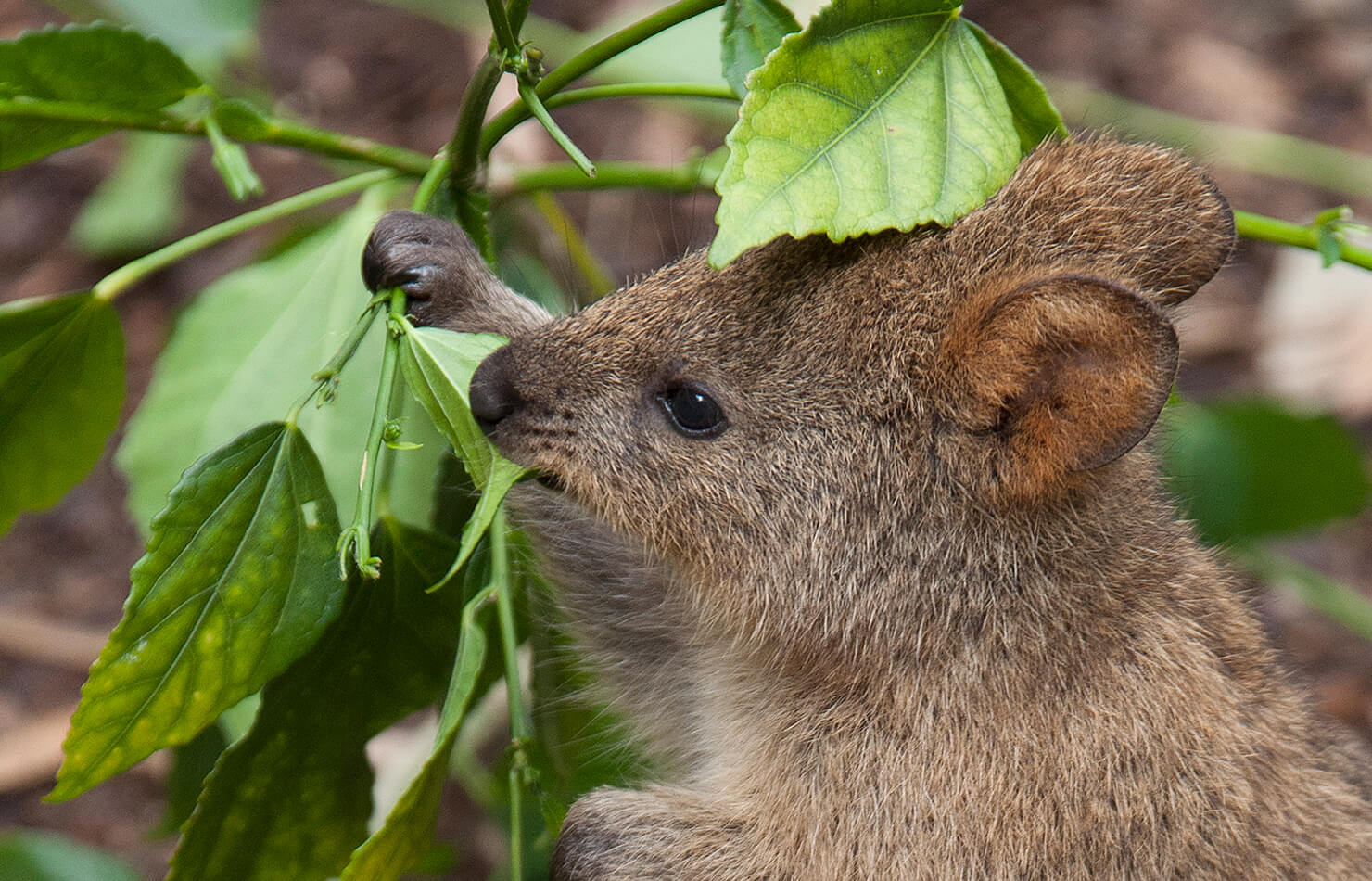
Eats shoots and leaves (and other things). Quokkas are herbivores, browsing on grasses and leaves. Preferring new growth, they show a preference for areas associated with fires, and the resulting fresh, succulent plant growth. According to the Australian Museum, quokkas on Rottnest Island subsist primarily on succulents and, to a lesser extent, the leaves of Acacia trees, called the wattles in Australia.
Its ruminant-like digestive system resembles that of sheep: most of the 15 or so morphological types of bacteria present in the large stomach region of the quokka are similar to those in the rumen of sheep. Like all good ruminants, the quokka chews a cud.
FAMILY LIFE
Night roamer. Quokkas snooze the heat of the day away in shady, dense foliage. They head out at dusk to forage for tasty leaves. Active at night, they may be found alone or in small, all-quokka bands.
Interestingly, they can survive extended periods without food or water, perhaps an offshoot of seasonal variation and availability of food.
As nocturnal animals, they obviously take care of business at night. Males may attempt to form a connection with a female for breeding purposes. Though largely solitary, there is a different social structure among males and females. Females rarely associate with other quokkas, while males form a dominant hierarchy—the heaviest male gets more access to females and dibs on shady shelters by day.
Fight or flight? Flight. Natural predators of quokkas are dingoes and birds of prey; introduced dogs, cats, and foxes have led to significant population declines on the mainland. While not exactly a foreboding presence, nor possessing a formidable bite or kick, it appears the quokka’s strategy is to avoid conflict in the first place. Failing that, they opt for swift flight through dense grasses and shrubs. They shelter by day in areas with thick vegetation. Nighttime travel creates trails that are used as “roads” for feeding and fleeing.
What? While some articles describe the quokka as “highly sociable and communicative animals,” there is nothing in the literature describing their vocalizations.
Joey joy. In some areas, females choose their mates carefully—if she is interested, she will groom him, signaling it’s a go; if she rejects his overtures, he moves on to a more receptive female. Pairs may form a “partner preference” for two breeding seasons. But more often, females have one to three partners, and males have one to five partners. Mating preferences are complex and vary in different populations.
Females give birth to a single, tiny joey about a month later. Right after a female gives birth, she mates again—and embryonic diapause occurs, where the new embryo is dormant for about five months, when her body can detect if the first joey survived or not. If the youngster is alive, the embryo disintegrates; if not, it clambers into the pouch to take its turn at survival.
One study found that quokkas on Rottnest Island are organized into family groups; another found low density of animals on the mainland breeds monogamy within a population. But it is common for males to associate regularly with multiple females, suggesting a polygynous or promiscuous mating system.
After breeding, gestation lasts about 26 to 28 days, then the tiny, undeveloped joey crawls up the mother’s fur and tucks into her pouch, latching onto a nipple. It will stay in the pouch for about 6 months. Joeys emerge from the pouch, but continue to nurse another 6 months or so. They are mature at 12 to 18 months of age, and hop away to their own home range.
CONSERVATION
Quokkas are one of several Australian terrestrial native mammals that suffered severe declines after the red fox arrived in the southwest of Western Australia in early 1930s. Today, predation by feral cats and foxes, habitat loss, altered fire patterns, and disease spreading through an isolated population are the main threats to quokkas, according to a 2019 study published in the journal Ecological Complexity.
According to mathematical models, conservation researchers found that quokkas would thrive alongside the dingo, a native apex predator, as its presence suppresses the nonnative red fox through competition, direct killing, or fear-induced behaviors. “Even if both predators target the same prey, the total intensity of predation is reduced in the presence of the apex predator,” they write. This is important if not counterintuitive data, useful in the conservation of this (and other) species.
Another recent study sheds light on possible effective management and conservation strategies. A spatial ecology project revealed surprising habitat use for quokkas: they spent 16% of their time in thickets, 22% in heath, 60% of their time in jarrah and karri forest, and less than 2% in creek and riparian habitat. The latter was used primarily to get from one suitable habitat patch to another. The authors wrote that “Management of preferred habitat as well as riparian corridors is necessary for the maintenance of a functional metapopulation.” Such science-based information is useful for land managers prioritizing which areas to protect for quokkas.
An attempt to reintroduce quokkas to a reserve near Perth was not successful. Even the most robust population of quokkas, inhabiting Rottnest Island, is under siege from an uptick in development of the island for recreational activities. The quokka is listed as Vulnerable on the International Union for Conservation of Nature (IUCN) Red List of Threatened Species because its population has declined by at least 50 percent over recent decades, and currently hovers around 7,500 to 15,000 mature individuals worldwide.
By supporting San Diego Zoo Wildlife Alliance, you are our ally in saving and protecting wildlife worldwide.
Life Span
About 10 years
Young
Gestation: 30 days
In pouch: 6 months
Number: 1
Size
Height: 16 to 21 inches (40 to 54 centimeters); tail 9.8 to 12 inches (25 to 31 centimeters)
Weight: 5.5 to 11 pounds (2.5 to 5 kilograms)
Fun Facts
The Order Diprotodontia, which means “two forward teeth,” is made up of about 155 marsupial species including kangaroos, wallabies, possums, koalas, wombats, and, of course, quokkas.
Quokkas are known to contract Duchenne muscular dystrophy, and were instrumental in finding a treatment that may cure them as well as humans from the disease.
As ruminants, they often swallow food without chewing, then later regurgitate it as cud and chew it.
Quokkas can store fat in their tails and use it when food is scarce.
Rottnest Island hosts a quokka birthday celebration each September, which includes free travel from the mainland, complimentary island admission for kids, and other cool quokka activities.
Quokkas are often referred to as “the happiest animal in the world” due to their friendly disposition and appearing to “smile” at the camera. But quokkas are not tame animals and do not make good pets!


